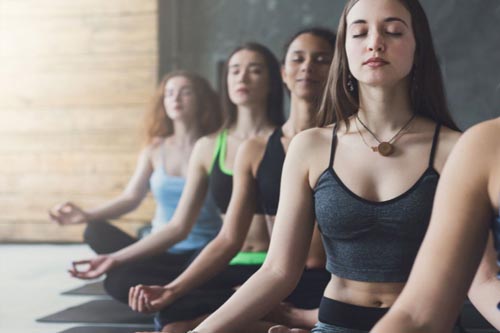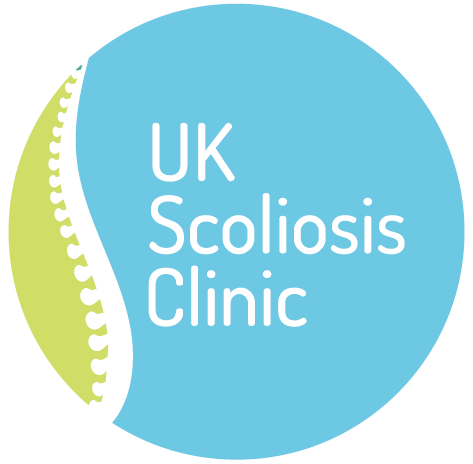Explore Treatments
Learn More
Yoga for Scoliosis

Yoga is a popular complementary therapy for those with Scoliosis. While yoga cannot reduce cobb angle, some patients do report pain reduction and improved balance when practicing yoga poses optimised to support scoliosis. This is accomplished by stretching muscles that have tightened and strengthening muscles that have become weak from this asymmetrical imbalance.
What is Yoga for Scoliosis?
Some existing forms of yoga, such as Iyengar Yoga have been demonstrated to be effective in improving co-ordination and physical function in scoliosis patients[1] whereas some specialist programs designed to reduce the symptoms of scoliosis have been developed.
Our Analysis
While some case studies have suggested that yoga (or approaches including yoga) can be effective in reducing cobb angle, far more research is required to substantiate this claim. While there are many benefits to yoga, both for scoliosis sufferers and non-sufferers yoga is not a substitute for a treatment plan based on bracing or exercise.
Learn more
-
How does yoga for scoliosis work?
Scoliosis is a complex three dimensional condition and should be treated as such. Yoga is especially effective in helping students to discover a way of being sensitive to the asymmetries of the body and to deal with them intelligently.
Yogic practice exercises each dimension of the body —the vertical plane through lateral flexions that create side bends, the sagittal plane through flexion and extension patterns that create forward and backward motion, and the horizontal plane through rotations.
Quite aside the from the many benefits that yoga offers on a personal level, the practice of yoga may also help patients to become more conscious of and engaged with a treatment plan based on an exercise methodology, such as Schroth or SEAS.
-
How effective is yoga for scoliosis?
Some recent research (mostly case studies) have suggested that yoga may have a positive role to play in reducing cobb angle. [2] At least one case study has demonstrated a reduction in cobb angle from 49 to 31 degrees, although in this instance progress was achieved over a period of 35 years.[3] At this time there is not sufficient evidence to suggest that yoga can effectively reduce cobb angle, although many scoliosis patients do report a reduction in pain and an increase in physical function using yoga as a compliment to bracing or exercise based treatment.
-
When to choose yoga
Yoga can be used as a supporting approach alongside a treatment methodology such as bracing or exercise. Quite aside from the improvements in balance and posture which are possible, yoga can be a highly beneficial and relaxing way to promote a healthier self-image as well as enhance overall health.
-
Research and References
More research into the specific benefits of yoga for scoliosis is currently ongoing and will be added to this site when available. If seeking yoga as a complementary treatment for scoliosis, its often best to ask if this service is available through a scoliosis clinic, who will have specially trained therapists on hand.
References for this page
[1] Marcia Monroe Yoga and somatic therapy for the treatment of adolescent idiopathic scoliosis: adult case report Scoliosis2007:2 (Suppl 1) :P7
[2] Yoga for scoliosis: new findings. University of California at Berkeley Wellness Letter (UNIV CALIF BERKELEY WELLNESS LETT), Jul2018; 6-6. (2/3p)
[3] Elise B Miller Yoga therapy for scoliosis: an adult case approach Scoliosis 2007:2 (Suppl 1) :P6
Need advice?
Learn more about scoliosis and book a free consultation at the UK Scoliosis Clinic .
Learn More